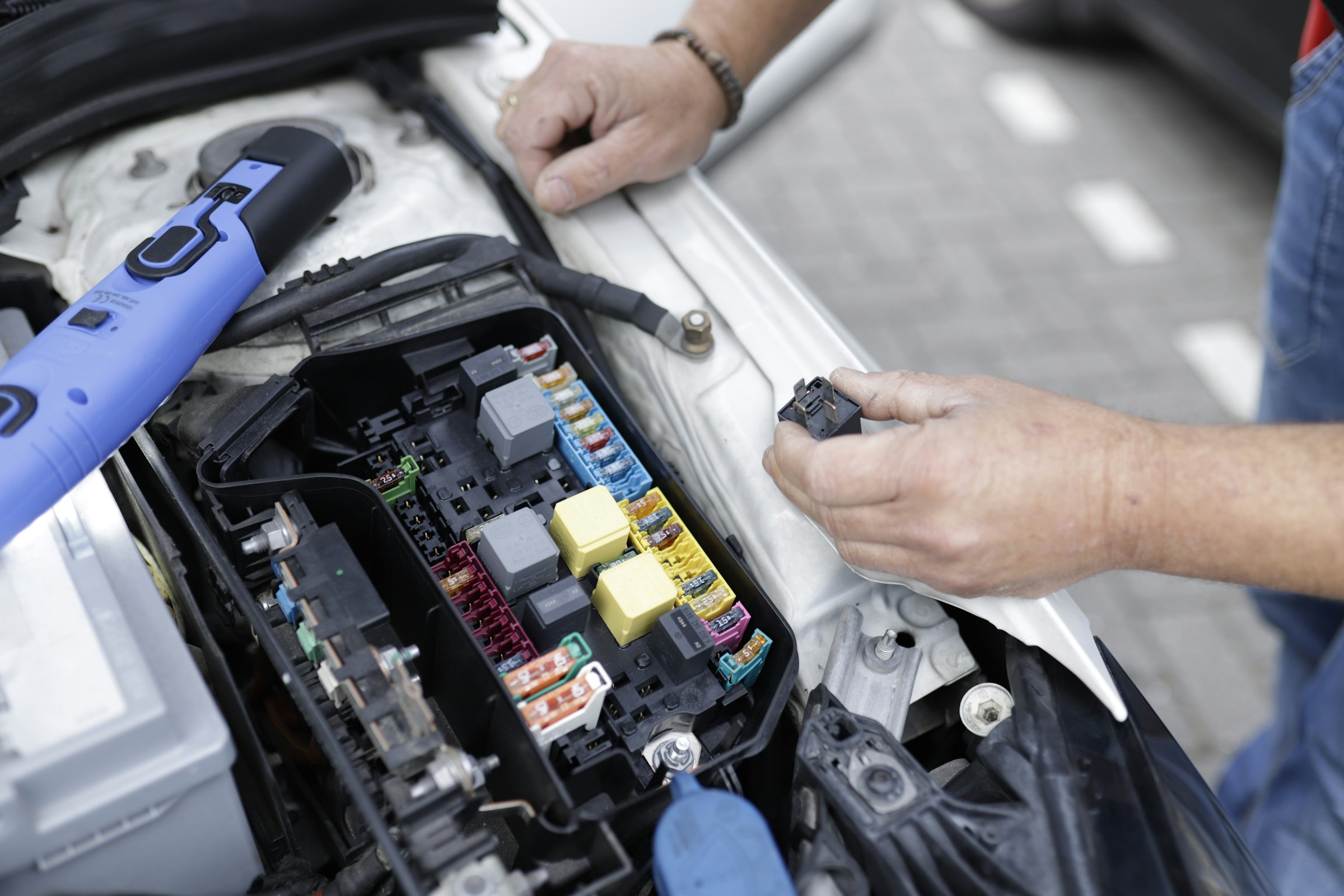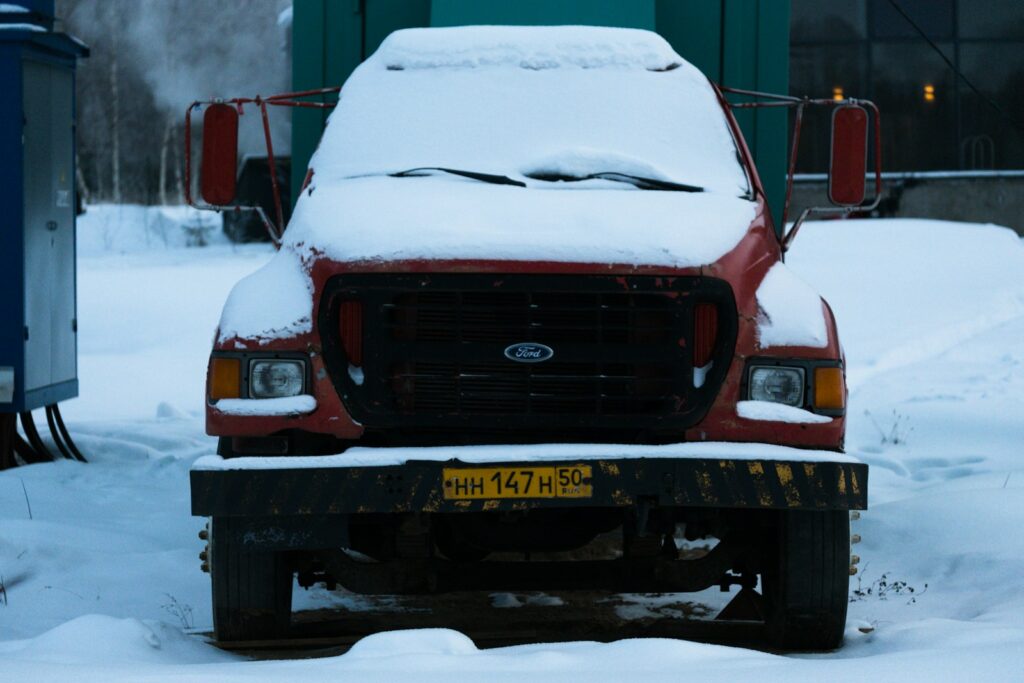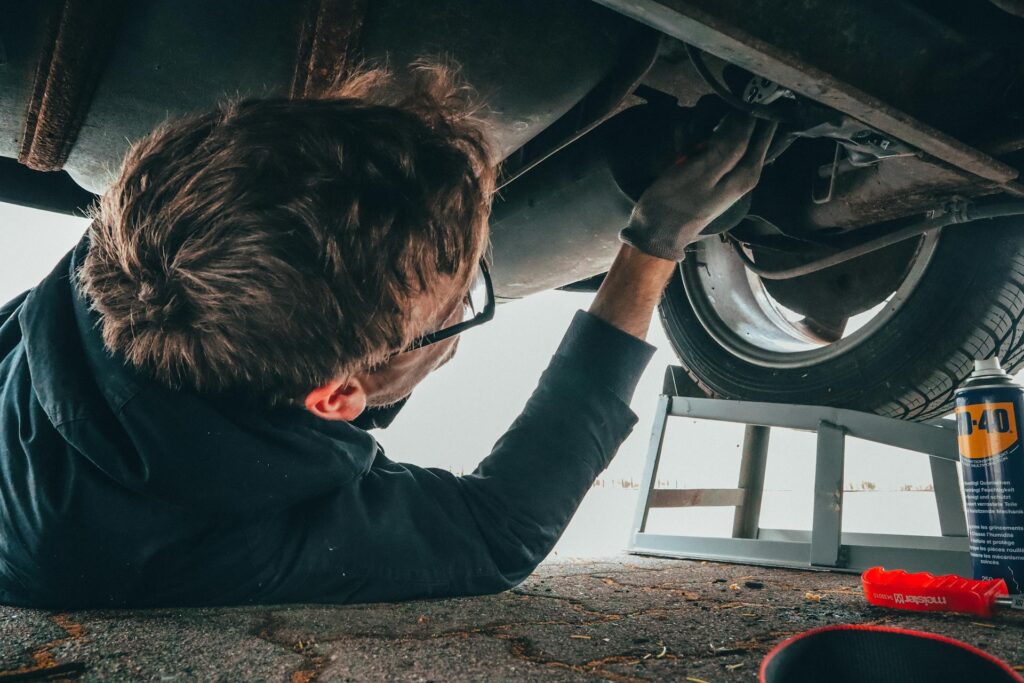Your vehicle’s upkeep needs change radically with age, and utilizing the proper vehicle checklists will save you a huge amount of money in repairs and keep your loved ones protected. Regardless of whether you are cruising around in a new vehicle or picked up a high-mileage winner over 200,000 miles, solidified maintenance habits prevent costly breakdowns and maintain resale value.
Why Vehicle Checklists Matter More Than You Think
Mechanic checklists are not just reserved for professionals; they are your key to smart car ownership and staying compliant with safety regulations. We have all heard horror stories of engines seized due to neglected oil changes or brake failures due to ignored warning lights. A systematic approach with targeted vehicle checklists helps you catch problems early when they are inexpensive to fix.
The trick is to compare your list to your vehicle’s life. A new vehicle needs something different from a 10-year-old commuter, and high-mileage engines need specialized inspections to prevent a major component failure.
New Vehicle Checklists: Protecting Your Investment (0-30,000 Miles)
Your new car to-do list is warranty compliance and establishing good habits. During the break-in period, top off oil levels more frequently and follow manufacturer guidelines to the letter. Major items include:
Check tire pressure every month, tire rotation every 5,000-7,500 miles, and retain full service history for warranty purposes. Don’t skip those early oil changes—those clean out factory residue and prepare for longevity under the hood. Have recommended services performed early on and address recalls immediately.
New vehicles also benefit from paint protection and interior care routines that preserve that showroom gloss, with a direct impact on future resale value.
Read More: Top Signs Your Suspension Needs Attention
Mid-Life Vehicle Checklists: Preventive Maintenance Focus (30,000-100,000 Miles)
Your mid-life vehicle checklists now focus on preventing wear-and-tear repairs. This stage requires more regular checks on electricals, belts, and fluids. Important maintenance includes brake pad replacement, transmission fluid flush, and cooling system flush.
Start to track battery life, inspect suspension components for wear, and look for unusual noises or vibration. Replace air and cabin filters regularly, and don’t ignore dashboard warning lights—these are heads-up warning systems for expensive problems.
This is the most effective return on maintenance investment. Be careful in these miles and make your vehicle a reliable, high-mileage vehicle or an expensive repair nightmare.
Read More: Battery Care: Extend EV & ICE Battery Life
High-Mileage Vehicle Checklists: Getting the Most Out of Life (100,000+ Miles)
High-mileage vehicle checklists focus on safety and preventing catastrophic breakdowns. Highlight major systems: engine compression, transmission condition, and brake effectiveness. Use high-mileage oil formulations that are effective for aging seals and gaskets.
Monitor coolant levels closely, inspect hoses for cracks, and exhaust system condition promptly. Inspect especially for rust, especially where there’s salt in the air. Regular checks for leaks prevent fluid loss that can destroy expensive components.
Consider shortening maintenance intervals to shorter periods—oil servicing every 3,000 miles instead of every 5,000, and safety-critical system checks more frequently.
Your Maintenance Success Strategy
Effective vehicle checklists work because they create good habits. Print and keep easy-to-follow checklists in your glove box. Set phone reminders for regular checks, and maintain a minimum logbook recording of completed maintenance.
Remember, all cars ultimately undergo these stages. Starting with excellent new vehicle checklists and adjusting over time ensures maximum reliability, safety, and value retention throughout the life of your vehicle.



